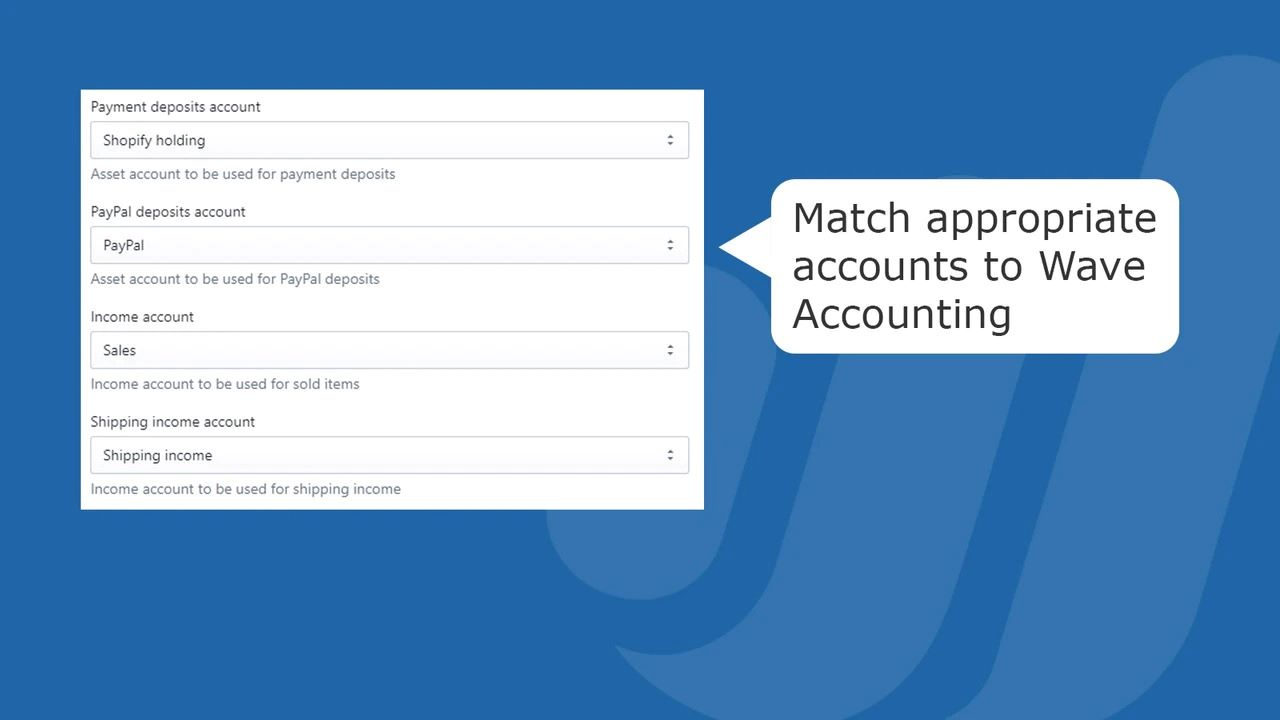Home>Finance>How Many Loans Can A Mortgage Processor Handle?


Finance
How Many Loans Can A Mortgage Processor Handle?
Published: February 18, 2024
A skilled mortgage processor can efficiently handle multiple loans, ensuring smooth finance operations and timely approvals. Discover the ideal loan capacity for your finance team.
(Many of the links in this article redirect to a specific reviewed product. Your purchase of these products through affiliate links helps to generate commission for LiveWell, at no extra cost. Learn more)
Table of Contents
Introduction
Understanding the Role of a Mortgage Processor
When you’re in the market for a new home, the process of securing a mortgage can often feel like navigating a labyrinth of paperwork, financial jargon, and seemingly endless waiting periods. Amidst this complexity, a crucial figure works diligently behind the scenes to ensure that your mortgage application moves forward smoothly: the mortgage processor.
A mortgage processor plays a pivotal role in the home loan approval process. They act as a liaison between the borrower, the loan officer, the underwriter, and various other parties involved in the mortgage application process. Their responsibilities include gathering and organizing the necessary documentation, verifying the accuracy of the information provided, and preparing the loan file for underwriting review.
Given the intricate nature of mortgage processing, it’s essential to understand the factors that influence a mortgage processor’s capacity to handle multiple loans simultaneously. By delving into these considerations, we can gain valuable insights into the strategies that can be employed to optimize loan processing efficiency without compromising on quality.
In the following sections, we will explore the various factors that impact a mortgage processor’s ability to handle multiple loans, as well as actionable strategies for enhancing their loan processing capacity. By shedding light on these aspects, we aim to provide a comprehensive understanding of the dynamics at play within the realm of mortgage processing, ultimately empowering both industry professionals and prospective homebuyers.
Factors Affecting Loan Processing Capacity
Efficient loan processing is contingent upon a multitude of factors that collectively influence a mortgage processor’s capacity to handle a substantial workload. Understanding these factors is instrumental in optimizing the loan processing workflow and ensuring timely approvals for aspiring homeowners. Let’s delve into the key elements that impact a mortgage processor’s loan processing capacity:
1. Complexity of Loan Applications
The complexity of loan applications is a pivotal determinant of a mortgage processor’s workload. Applications with intricate financial histories, diverse income sources, or complex property types necessitate meticulous scrutiny and documentation. Processing such applications demands a significant investment of time and attention to detail, thereby impacting the number of loans a processor can effectively manage concurrently.
2. Volume of Loan Applications
The volume of incoming loan applications directly influences a processor’s workload. A surge in application submissions can strain processing resources, potentially leading to delays and increased processing times. Conversely, a manageable influx of applications allows for more efficient allocation of resources and streamlined processing workflows.
3. Regulatory Compliance Requirements
The ever-evolving landscape of regulatory compliance adds another layer of complexity to loan processing. Mortgage processors must stay abreast of changing regulations, ensuring that each application adheres to the requisite legal frameworks. Navigating these compliance requirements demands meticulous attention and can impact the number of loans a processor can handle concurrently.
4. Technology and Automation
The integration of advanced technology and automation tools can significantly enhance a mortgage processor’s efficiency. Streamlined document management systems, automated data verification processes, and digital communication platforms can expedite the processing of loan applications, thereby augmenting a processor’s capacity to handle multiple loans simultaneously.
5. Team Collaboration and Support
The level of collaboration and support within the mortgage processing team is a critical factor in determining processing capacity. Effective teamwork, clear communication channels, and a supportive work environment can bolster a processor’s ability to manage a higher volume of loans without sacrificing quality or accuracy.
By comprehensively evaluating these factors, mortgage lenders and industry professionals can gain valuable insights into the dynamics that underpin a mortgage processor’s loan processing capacity. Armed with this understanding, proactive measures can be implemented to optimize processing workflows and enhance the overall efficiency of the mortgage processing ecosystem.
Strategies for Increasing Loan Processing Capacity
Enhancing the loan processing capacity of mortgage processors is a multifaceted endeavor that involves leveraging strategic approaches, integrating technology, and fostering an environment conducive to streamlined workflows. By implementing the following strategies, mortgage lenders and industry professionals can optimize processing efficiency and bolster a processor’s ability to handle a higher volume of loans without compromising quality:
1. Embrace Technological Advancements
Integration of advanced mortgage processing software and automation tools can significantly expedite the processing of loan applications. From automated document verification to digital communication platforms, leveraging technology can streamline workflows, reduce manual errors, and enhance overall processing efficiency.
2. Standardize Processes and Documentation
Establishing standardized processes and documentation requirements can mitigate ambiguity and streamline the processing of loan applications. Clear guidelines and uniform documentation criteria enable mortgage processors to navigate applications more efficiently, reducing the time required for review and verification.
3. Invest in Training and Skill Development
Ongoing training and skill development programs empower mortgage processors with the knowledge and expertise to handle diverse loan scenarios effectively. By staying updated on industry best practices, regulatory changes, and evolving technologies, processors can optimize their workflows and enhance their processing capacity.
4. Optimize Task Allocation and Workflow Management
Efficient task allocation and workflow management are pivotal in maximizing processing capacity. By strategically assigning tasks based on individual strengths and expertise, mortgage lenders can optimize the utilization of resources and minimize processing bottlenecks.
5. Foster a Collaborative Work Environment
Cultivating a collaborative and supportive work environment within the mortgage processing team fosters effective communication, knowledge sharing, and mutual support. A cohesive team dynamic can enhance processing efficiency, enabling mortgage processors to handle a higher volume of loans while maintaining accuracy and quality.
6. Implement Quality Control Measures
Integrating robust quality control measures into the loan processing workflow ensures that each application undergoes thorough scrutiny, thereby minimizing the risk of errors and rework. By proactively identifying and addressing discrepancies, mortgage processors can expedite the approval process without compromising on accuracy.
By embracing these strategies, mortgage lenders and industry stakeholders can proactively optimize loan processing workflows, empowering mortgage processors to handle a greater volume of loans while upholding the highest standards of quality and efficiency.
Conclusion
As the linchpin of the mortgage approval process, the role of a mortgage processor is pivotal in facilitating seamless and efficient loan approvals for aspiring homeowners. The intricate nature of mortgage processing demands a comprehensive understanding of the factors that influence a processor’s capacity to handle multiple loans concurrently. By delving into these dynamics, mortgage lenders and industry professionals can implement targeted strategies to optimize processing workflows and enhance overall efficiency.
From the complexity of loan applications to the integration of advanced technology and the fostering of a collaborative work environment, the factors and strategies discussed underscore the multifaceted approach required to augment a mortgage processor’s loan processing capacity. By embracing technological advancements, standardizing processes, investing in training, and fostering teamwork, mortgage lenders can empower processors to navigate a higher volume of loans with precision and agility.
Furthermore, the evolving landscape of regulatory compliance and the imperative nature of quality control underscore the need for proactive measures to streamline processing workflows without compromising on accuracy and compliance. By integrating these strategies into the fabric of mortgage processing operations, lenders can fortify their ability to meet the burgeoning demand for home loans while upholding the highest standards of quality and efficiency.
Ultimately, a holistic approach to enhancing loan processing capacity is essential in ensuring that mortgage processors can adeptly manage the complexities of the modern lending landscape. By leveraging technology, fostering skill development, and cultivating a collaborative work environment, mortgage lenders can empower their processing teams to navigate the intricacies of loan applications with dexterity and proficiency, ultimately expediting the path to homeownership for countless individuals and families.
Through a concerted focus on the factors and strategies delineated in this discourse, the mortgage industry can navigate the evolving demands of the housing market while upholding the pillars of reliability, transparency, and efficiency in the mortgage approval process.














